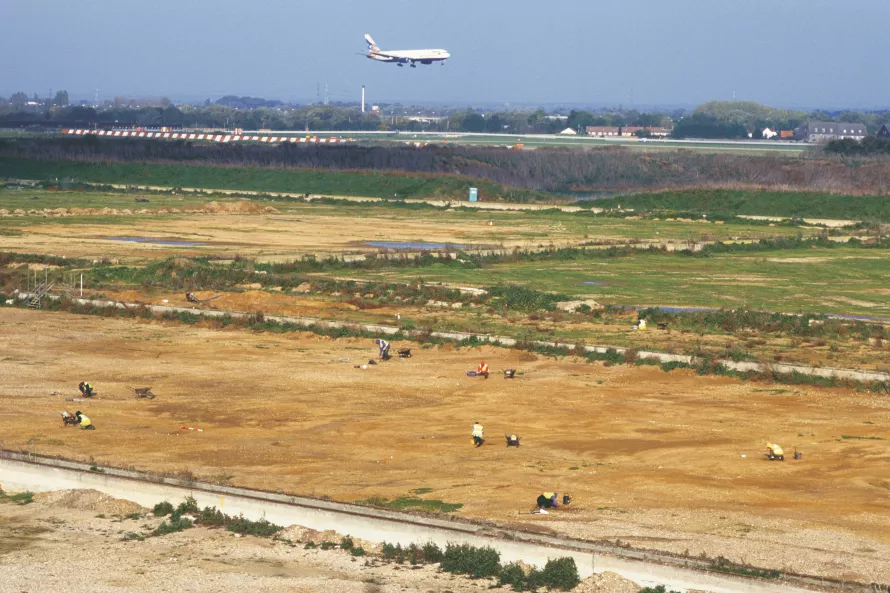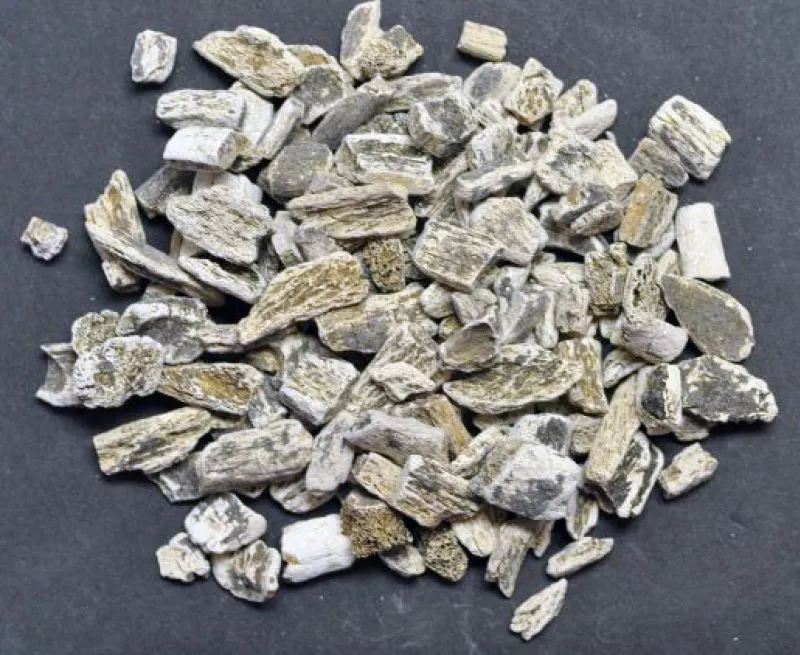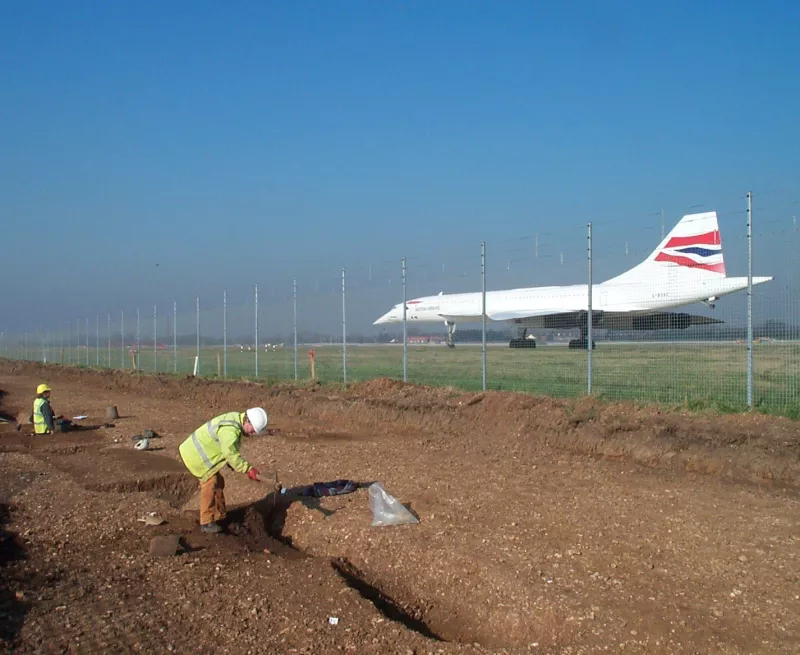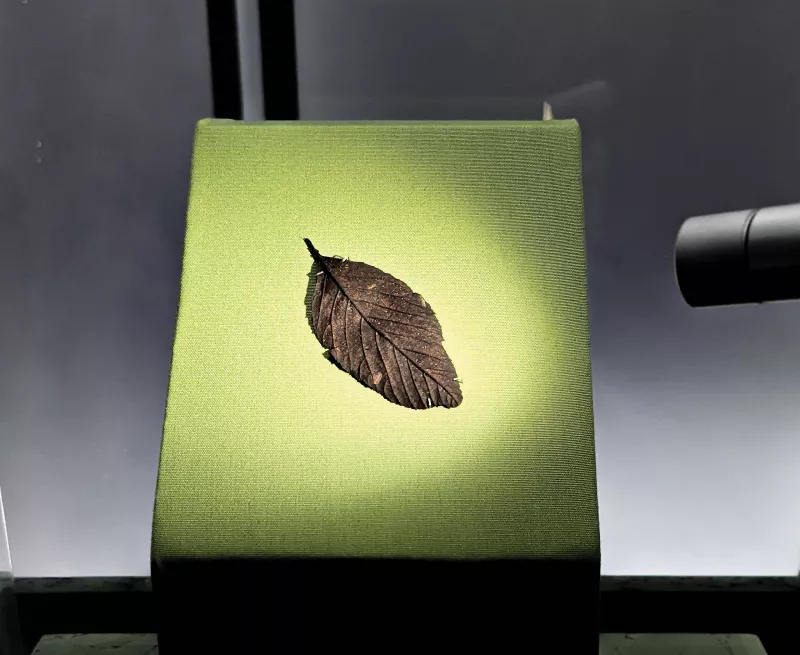Within a few human generations, though, things would be very different. Disease ravaged the prehistoric elm population, decimating its ranks to the point that it could never recover. Humans too cleared great swathes of land for agriculture and the construction of earth, stone, and timber monuments. For this was the dawn of the Neolithic, a time of great social, cultural, ecological, and economic change, as hunter-gatherer lifestyles gave way to farming ones.
The leaf was found in fen peats, near to Poulton-le-Fylde, Lancashire, in advance of the construction of National Highways’ A585 Windy Harbour to Skippool road improvement scheme. It was associated with quantities of early Neolithic Carinated Bowl ware pottery, fragments of Langdale stone axe, worked flint tools and of charcoal. These items and materials seem to have been jettisoned into the fen by Lancashire’s earliest farmers, perhaps during votive performance.
The leaf had its moment of fame at the British Museum’s The World of Stonehenge exhibition (2022), where it was displayed, juxtaposed, against a wall of Neolithic stone axeheads, and was even mentioned by the artist Grayson Perry in his keynote speech.





